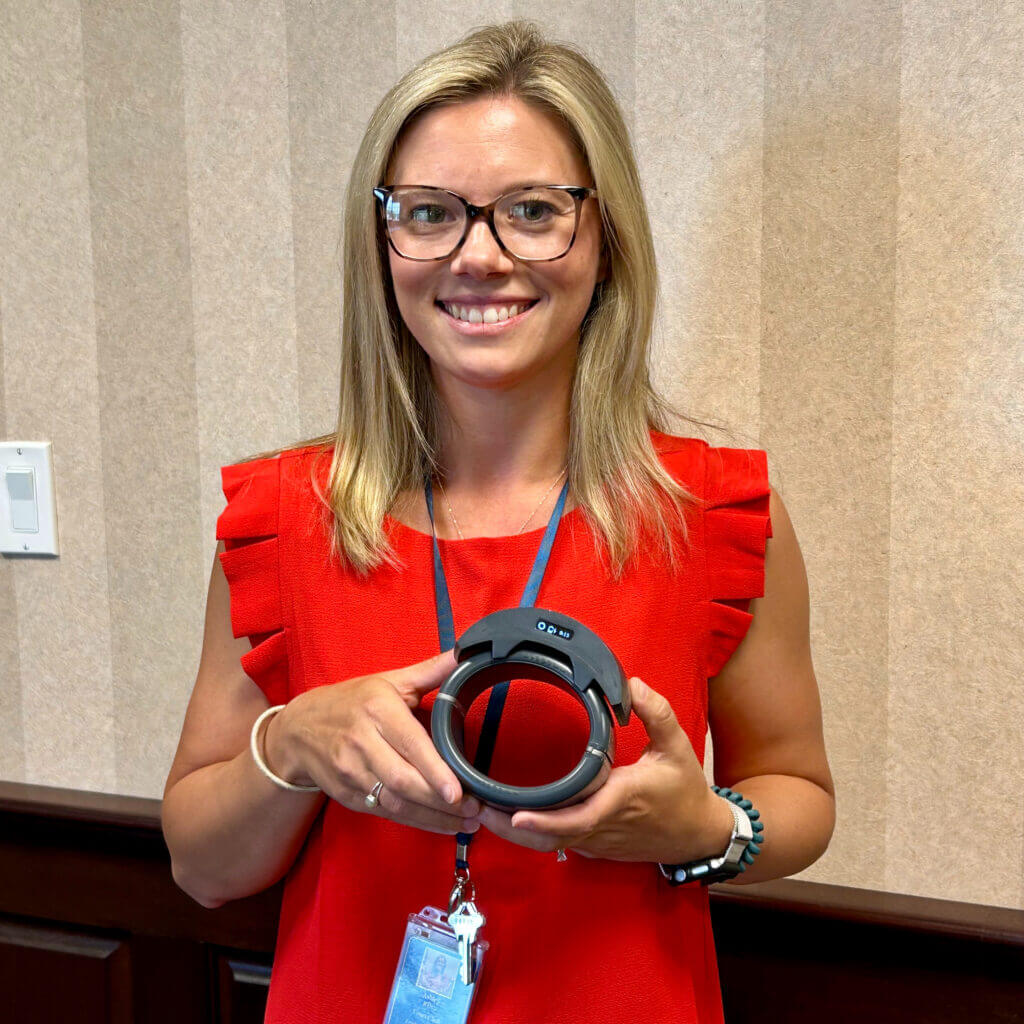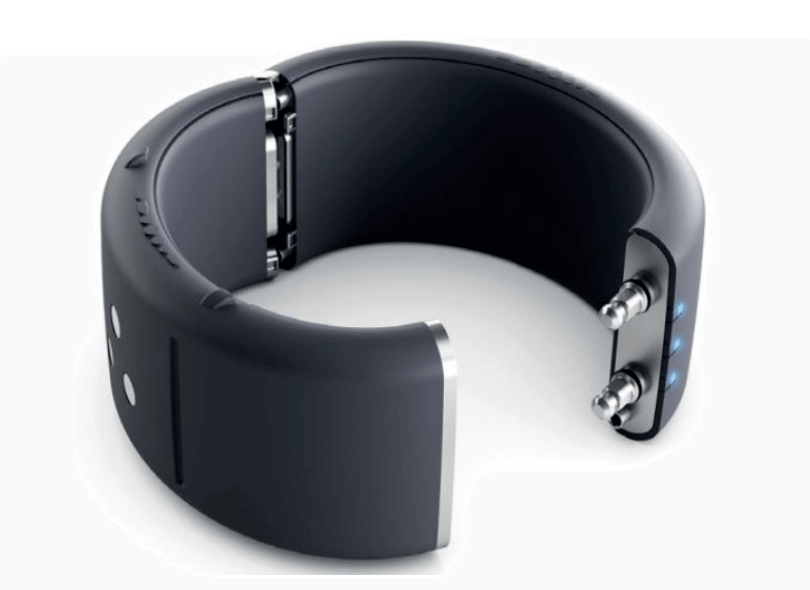Olive Branch Municipal Court turns to GPS ankle monitoring
It’s not a piece of jewelry you’d look for in a special gift. It is something, however, that some defendants in Olive Branch Municipal Court cases may be wearing in exchange for the ability to stay at home ahead of a trial date, instead of being in jail.
Olive Branch Municipal Judge Hugh Armistead and Court Clerk Ashley Riles call it a “win-win” for the defendant and for the court.
The court has partnered with American Electronic Monitoring, a Tupelo-based company that makes the GPS Tracker ankle bracelet. At the time of the initial hearing, the judge can give the accused the option of wearing the ankle bracelet while he, or she, awaits a trial date. That means not being confined to jail awaiting trial, but the bracelet allows the court to be able to monitor their location, whether it’s house arrest, or being able to go to and from work and home.
If the defendant agrees to the bracelet as a bond condition, it’s put on before the defendant leaves jail and the cost for the bracelet’s use is borne by the defendant, said Riles.

(Bob Bakken/desotocountynews.com)
“It’s 350 dollars to set it up initially at the time you are bonded out,” she said. “It gives the ability to not be in jail and go to work. The money all goes to AEM, I don’t handle any of the payments because that’s their equipment they’re sending out to be put on. We’ve been using it for about 6-8 months and you cannot leave the jail until the monitor is put on.”
Armistead said the bracelet eligibility to a defendant comes on a case-by-case basis.
“I think they’d prefer to be out going to work, coming home and eating supper than sitting in a jail cell,” said Armistead. “We put it on as a bond condition. Most people are off of it in 30-45 days.”
Riles is the one who makes sure the defendants are where they are supposed to be and if they aren’t, the bracelet lets her know with notifications sent to her phone
“I just keep up with the schedules and make sure they’re doing what they’re supposed to do and I, of course, get notifications,” said Riles. “There’s a form that we fill out that we send in when we know that we’re going to put them on a monitor at the time of the bond. AEM enters that into their system and that’s what I get my notifications off of. We can have direct contact and none of them have really ever given me just an issue.”
Bonding companies also like the idea of the ankle bracelet, Riles said, because she can locate the accused if they fail to show and violate the bond provisions they had agreed to.
“The bonding company can call me directly,” she said. “It works for us, it works for the bonding company. The person doesn’t have to sit in jail.”
A full charge of the bracelet will last between a day and a day-and-a-half. Once the battery reaches 20 percent charge remaining, it starts buzzing until the accused puts it on a charge.

With Olive Branch’s proximity to Memphis, some defendants may consider heading north of the border to escape prosecution. But Armistead said the ankle monitor takes that option away.
“We get a lot of people that come over the state line that we can’t run and go get so the ankle monitor solves a lot of that problem,” he said. “It’s got a lot of good uses.”
There has been some push back by groups, such as the American Civil Liberties Union, about the increasing use of monitoring devices by courts. But supporters promote their use as a means of cost saving from not having defendants in jail while they await trial. Courts still have the ability to monitor their whereabouts and be alerted if they are not doing what they are supposed to be doing.






